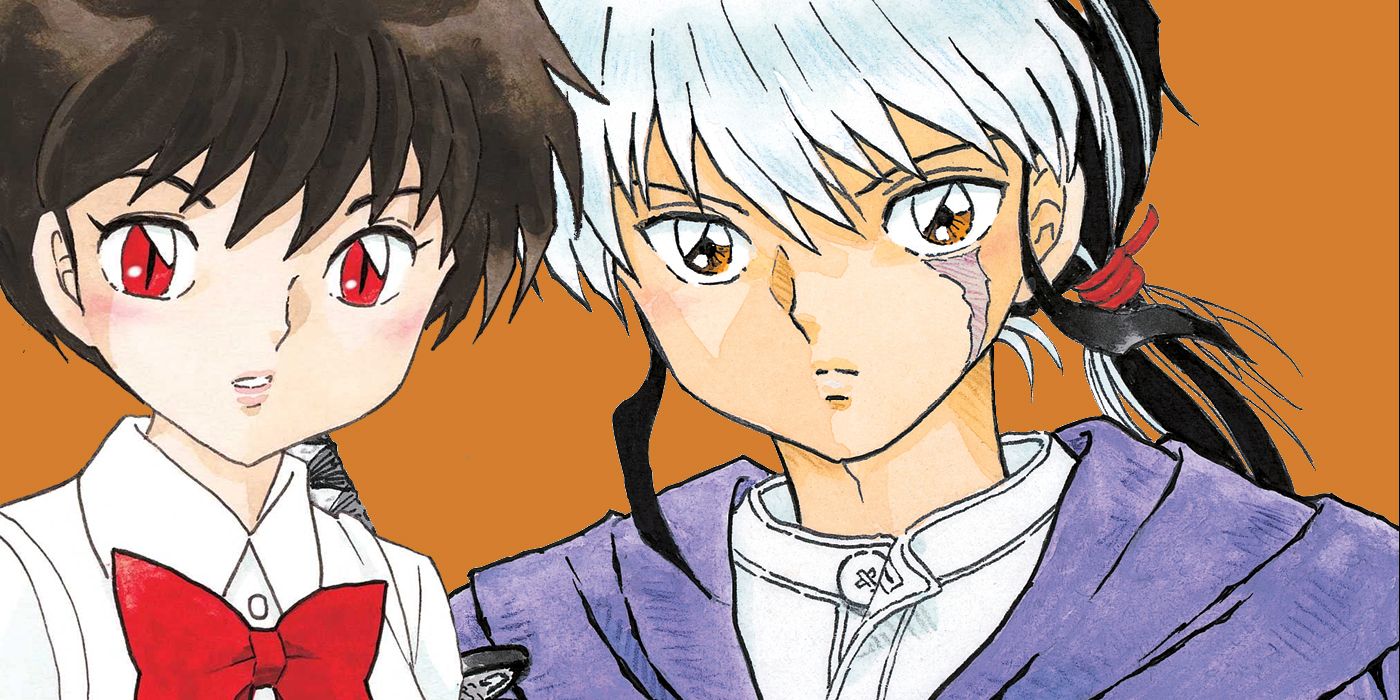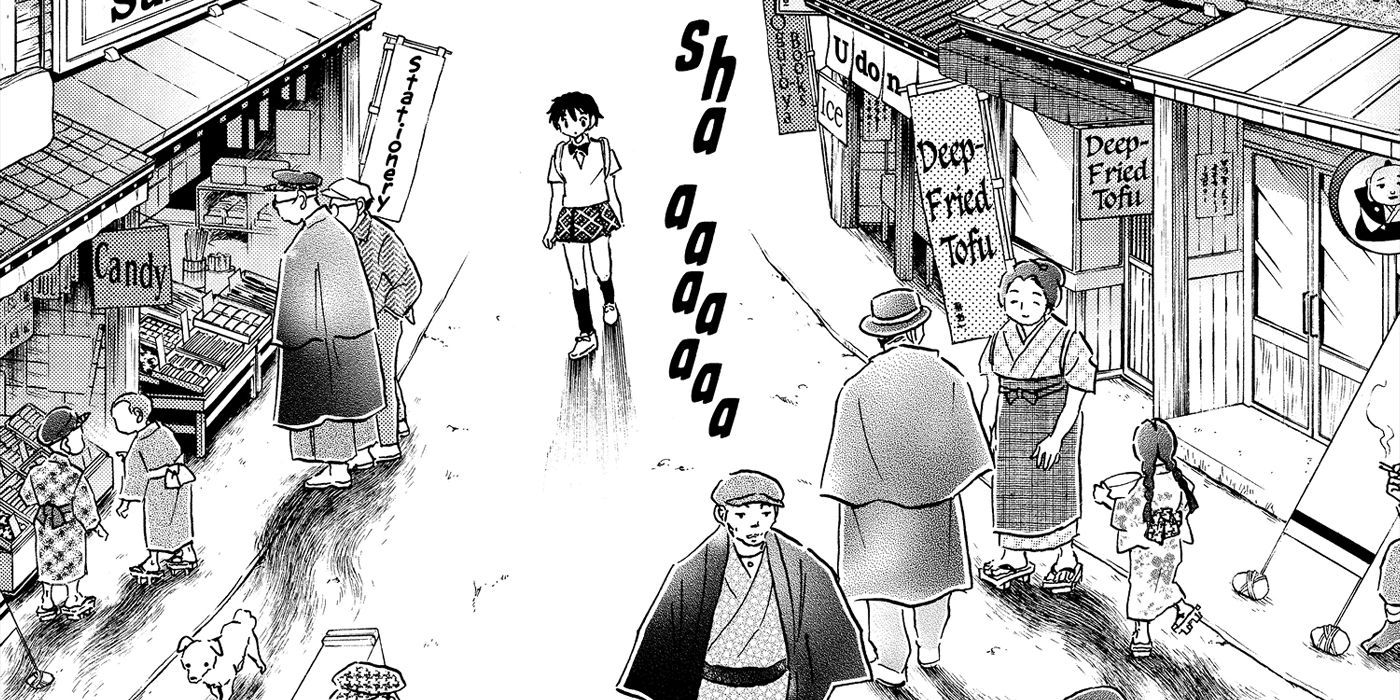Famed creator of Inuyasha, Rumiko Takahashi, takes a new look at some of her favorite old tropes in her latest manga series Mao. And interestingly, it seems that Mao is taking aim at the popularity of Demon Slayer specifically.
With a long career behind her, Rumiko Takahashi has been responsible for an impressive number of international hit manga series, like Urusei Yatsura, Ranma 1/2, and Inuyasha, the series she's perhaps best known for now. Mao seems to eagerly play off fans' expectations, teasing them to draw comparisons to her previous fantasy epic. Those who've read her work will find a lot of familiar ideas here, but ultimately Mao is trying to put a new spin on the ideas that brought so much attention to her in the first place.
Mao opens in 2019 and follows a middle schooler named Nanoka. She discovers a portal to the past where she meets a mysterious sword-wielding hero, the eponymous Mao, who reluctantly saves her from an attacking bug demon. If all that rings a bell, it's because that's almost exactly how the first chapters of Inuyasha unfolded. Takahashi builds up these similarities deliberately in order to pull the rug out from under readers when things suddenly take a significant turn from how they worked before.
As a character, Mao certainly differs from Inuyasha quite a bit. While both present a callous facade that hides their more sensitive heart underneath, the similarities more or less end there. Mao is a human, rather than a demon or half-demon, and claims to be an exorcist, hunting for a demon by the name of Byoki. While Inuyasha's sword is a gift only to be wielded by him, Mao's is a curse, one that harms all who touch it but him. And although Mao is tough like Inuyasha, he's also much less interested in fighting, with the most surprising revelation being that he's better known as a doctor, and a friend to both humans and kindly demons. Eliminating this curse is the one thing that drives him to fight.
The other major point of difference between Mao and Inuyasha is the time period in which the works are set. The past era in Mao is the Taisho era, a period best known to Western fans for being the setting of Demon Slayer. Some of the themes of tradition versus modernity that are prevalent in Demon Slayer also show up in Mao. Instead of the distant past, Mao's world is one where modern technological society is just beginning to emerge, leading to odd sights like guns and automobiles alongside demon magic. But this theme extends to Nanoka's present, as well - her time portal, for example, is a gateway at an abandoned shopping mall, far more modern than Kagome's ancient well at a shrine. And while Kagome's time travel seemed to work at a 1 to 1 passage of time between past and present, Nanoka isn't afforded any such consistency, making each trip a risk.
The first volume includes the crew's first mission together in addition to the introductions, which does seem to echo Demon Slayer in its hidden, wealthy mansion setting, and the use of a spider demon may be more than a coincidence. As much as Inuyasha seemed to influence Demon Slayer, it's only fair that Takahashi gets the chance at a response. Those familiar with Inuyasha and, to a lesser extent, Demon Slayer are likely to get the most out this series, as the expectations those set will enhance the experience. If readers can get past that initial feeling of deja vu, then Mao is off to a good start.


